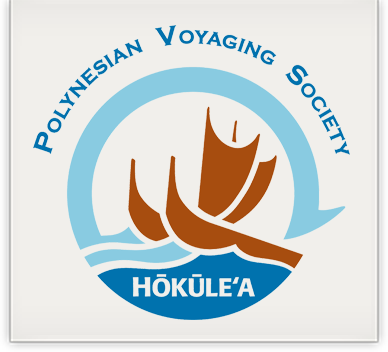Learning Journey: Nā Wai ʻEha and Waiheʻe Limu Restoration Project, June 22
Maui (Miki Tomita) —
E ke hoa, aloha aina
O Akua ka po, Akua ka la,
Nani palena ole ke kau malie o ka mahina o Akua i luna o makou ka ohana o Hokulea ma Maalaea
Kau ka la i luna i kona hale, O Haleakala, Kipa makou ka ohana o Hokulea i ka aina o na kupa o Waihee. Ua nanea makou i kahakai me na ohana e kanu ka limu, e malama i ke kahakai o ia aina. He la maikai no ia e malama honua.
– Mahina Hou Ross
Crew members spent the morning getting to know Maui from a limu-based perspective, with Alison Napua Barrows of Waiheʻe, Maui, through her work with the community and ecosystem of Nā Wai ʻEha, Maui. We joined kumu, kūpuna, and Maui ʻohana in learning about native and invasive varieties of limu, methods for removal and replanting, and different aspects of environmental quality and water systems particular to Na Wai ʻEha including the aquatic species within.
Crew and community helped to clean limu, separating invasive limu and other debris to prepare limu for planting. Kumu Napua and her group collect limu from Kanaha Beach, where the active surf and healthy reef provide fragments that can be gathered and sorted. The limu is then replanted at Waiheʻe, in waters that Kumu Napua and her family have had the privilege and responsibility to mālama for generations
Photos by Kelly Kong and Miki Tomita
Captain Kealoha Hoe shared with the group information about the Worldwide Voyage and our focus on mālama honua and mālama Hawaiʻi; in particular, he shared about his ʻAi Pono program and how culturally-grounded foods and food practices are critical in keeping us grounded as we travel the world on this voyage. Limu places a central role in traditional dishes, and limu knowledge remains part of the ʻAi Pono program.
Photos by Kelly Kong
A big component to this restoration project is strengthening the Waiheʻe community. Kumu Napua envisioned the project to include weekend activities with keiki and kūpuna in the area: “It has helped the families, the families with generations before them who were fisherman on this very reef to reconnect to that knowledge and start teaching it to their children. This has been a voyage for me, in a sense to return home, to be able to follow in the footsteps of my tutu, who passed the kuleana to me to mālama the ʻāina here in this area. We work with other families to mālama this area, and we are fortunate to pass this along to the next generations.”
Kumu Napua also shared her personal experiences with Hōkūleʻa: “I have been fortunate to sail on Hōkūleʻa a few times with Nainoa, getting the feel of the ocean and winds… That short sail, and today’s experience with you, have only added to the learning experience and helps bring things into focus.”
Thank you so much to the leadership and volunteers of Waiheʻe Limu Restoration Project and especially to Kumu Napua Barrows for welcoming us into your work, and for all you do to support and develop commitment to mālama Hawaiʻi and mālama honua in our communities!
Kumu Napua Barrows, along with Crew Members on this Learning Journey Mahina Hou Ross and Matt Kanemoto, are members of the Kūlia I Ka Nuʻu program of the University of Hawai‘i at Mānoa’s Curriculum Studies Department. This program focuses on supporting Hawaiian students’ success in science and related STEM fields through providing professional development opportunities for teachers related to place- and culture-based education and participating in authentic science communities.
Click here for more information about the Kūlia I Ka Nuʻu.
Click here for more information about Kumu Napua and her efforts with the Waihe‘e Limu Restoration Group to restore both limu and cultural practices and knowledge associated with limu (article in Maui Nō Ka Oi Magazine).





